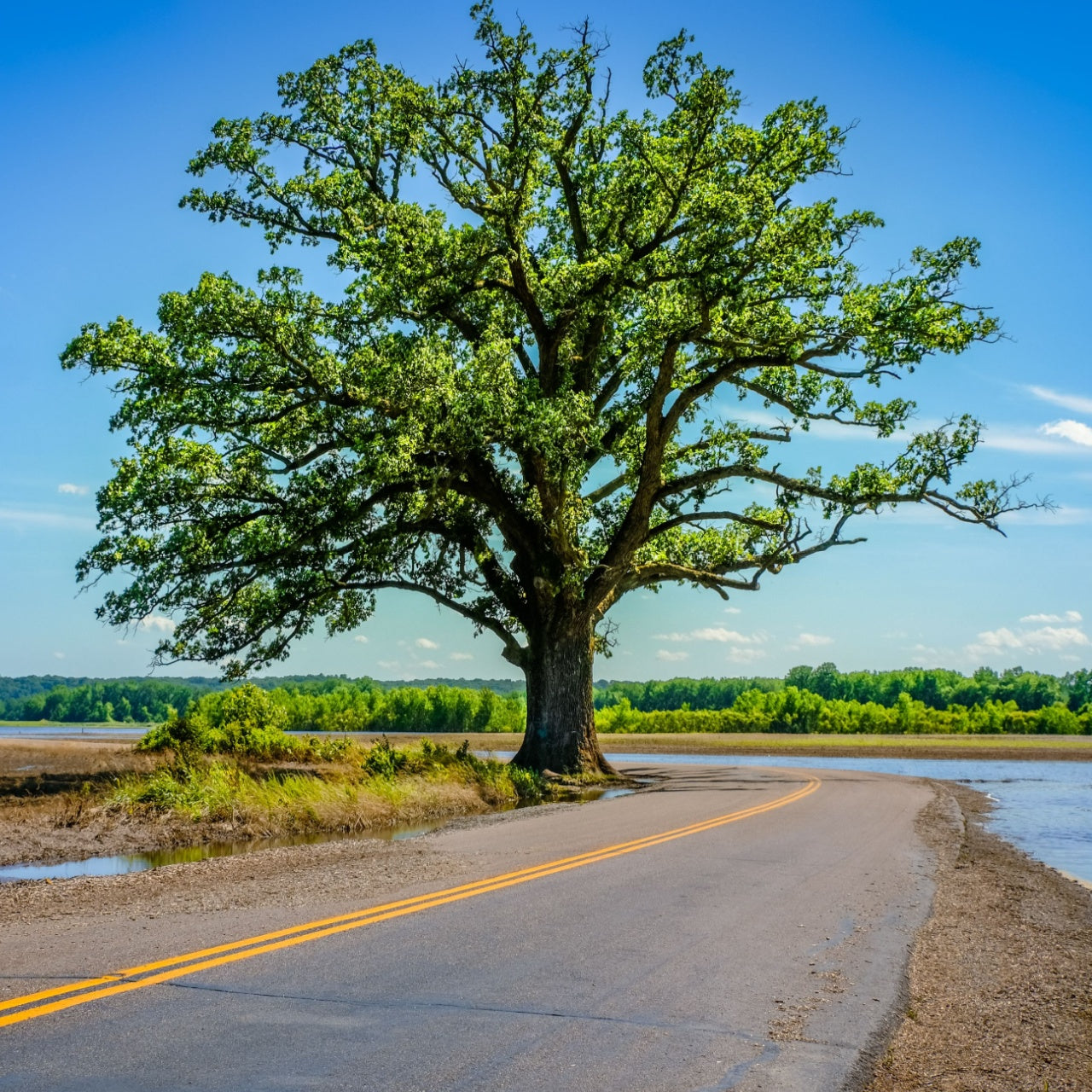Bur Oak Tree for Sale (Quercus Macrocarpa)
Burr Oak (Quercus macrocarpa) is a beautiful deciduous tree that will have an enormous impact on your landscape. As it grows, it will create a wide canopy, as it often grows out horizontally more than it grows vertically. It is a highly sought-after tree used in landscaping and known for its hardiness and resiliency.
Plant Details – Bur Oak (Mossycup Oak)
Family: Fagaceae
Light Requirement: Full Sun
Water Needs: Moist
Height: 60 – 80 ft.
Spread: 60 – 80 ft.
Growth Rate: Fast
Bloom Time: Spring
Flower Color: Yellow
Wildlife Value: Attracts birds
Landscape Uses & Maintenance Tips for Bur Oak Trees
The Bur Oak is a native deciduous tree that grows in open woodlands and near water, such as on the banks of rivers. It is an excellent tree for planting in the landscape, creating a shade garden, or as a city street tree. Its branches are large and horizontal.Its leaves are green, rounded, and deeply lobed. Catkins are not showy and are yellow in color. This low-maintenance tree will not need much direct care as it ages.
Unique Characteristics of Bur Oak Shade Trees
Bur Oak Trees have unique, large caps that top the acorns. Another common name, “mossycup,” describes how the caps seem to be fuzzy or covered in moss-like tendrils.
Exposure
The Bur Oak Tree thrives best in full sun to partial shade. It prefers at least 6 hours of direct sunlight daily but can tolerate some shade, particularly in hot climates. Ensure it gets adequate light for robust growth and optimal health.
Height at Maturity
Over 25 Feet
Usage
Shade
Shipped As
Bare-root
Ships
UPS
Planting Zones
5-9



